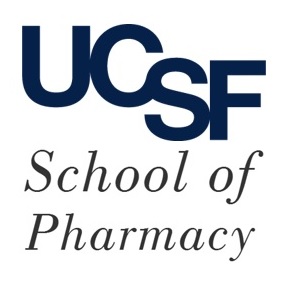Submitted by ja607 on
| Title | Phenome-based approach identifies RIC1-linked Mendelian syndrome through zebrafish models, biobank associations and clinical studies. |
| Publication Type | Journal Article |
| Year of Publication | 2020 |
| Authors | Unlu, G, Qi, X, Gamazon, ER, Melville, DB, Patel, N, Rushing, AR, Hashem, M, Al-Faifi, A, Chen, R, Li, B, Cox, NJ, Alkuraya, FS, Knapik, EW |
| Journal | Nat Med |
| Volume | 26 |
| Issue | 1 |
| Pagination | 98-109 |
| Date Published | 2020 01 |
| ISSN | 1546-170X |
| Keywords | Abnormalities, Multiple, Animals, Behavior, Animal, Biological Specimen Banks, Chondrocytes, Disease Models, Animal, Extracellular Matrix, Fibroblasts, Guanine Nucleotide Exchange Factors, Humans, Models, Biological, Musculoskeletal System, Osteogenesis, Phenomics, Phenotype, Procollagen, Protein Transport, Secretory Pathway, Syndrome, Zebrafish, Zebrafish Proteins |
| Abstract | Discovery of genotype-phenotype relationships remains a major challenge in clinical medicine. Here, we combined three sources of phenotypic data to uncover a new mechanism for rare and common diseases resulting from collagen secretion deficits. Using a zebrafish genetic screen, we identified the ric1 gene as being essential for skeletal biology. Using a gene-based phenome-wide association study (PheWAS) in the EHR-linked BioVU biobank, we show that reduced genetically determined expression of RIC1 is associated with musculoskeletal and dental conditions. Whole-exome sequencing identified individuals homozygous-by-descent for a rare variant in RIC1 and, through a guided clinical re-evaluation, it was discovered that they share signs with the BioVU-associated phenome. We named this new Mendelian syndrome CATIFA (cleft lip, cataract, tooth abnormality, intellectual disability, facial dysmorphism, attention-deficit hyperactivity disorder) and revealed further disease mechanisms. This gene-based, PheWAS-guided approach can accelerate the discovery of clinically relevant disease phenome and associated biological mechanisms. |
| DOI | 10.1038/s41591-019-0705-y |
| Alternate Journal | Nat Med |
| PubMed ID | 31932796 |
| PubMed Central ID | PMC7147997 |
| Grant List | UL1 TR000445 / TR / NCATS NIH HHS / United States U19 HL065962 / HL / NHLBI NIH HHS / United States R25 DK096999 / DK / NIDDK NIH HHS / United States S10 RR025141 / RR / NCRR NIH HHS / United States S10 OD021630 / OD / NIH HHS / United States R01 HD074711 / HD / NICHD NIH HHS / United States P50 GM115305 / GM / NIGMS NIH HHS / United States T32 GM008554 / GM / NIGMS NIH HHS / United States U01 HG006378 / HG / NHGRI NIH HHS / United States 15PRE22940041 / / American Heart Association (American Heart Association, Inc.) / International UL1 RR024975 / RR / NCRR NIH HHS / United States U01 HG004798 / HG / NHGRI NIH HHS / United States U01 HG009086 / HG / NHGRI NIH HHS / United States R01 MH113362 / MH / NIMH NIH HHS / United States R35 HG010718 / HG / NHGRI NIH HHS / United States R35HG010718 / / U.S. Department of Health & Human Services | NIH | National Human Genome Research Institute (NHGRI) / International R01MH113362 / / U.S. Department of Health & Human Services | NIH | National Institute of Mental Health (NIMH) / International U01HG009086 / / U.S. Department of Health & Human Services | NIH | National Human Genome Research Institute (NHGRI) / International KL2 TR000446 / TR / NCATS NIH HHS / United States RC2 GM092618 / GM / NIGMS NIH HHS / United States |





